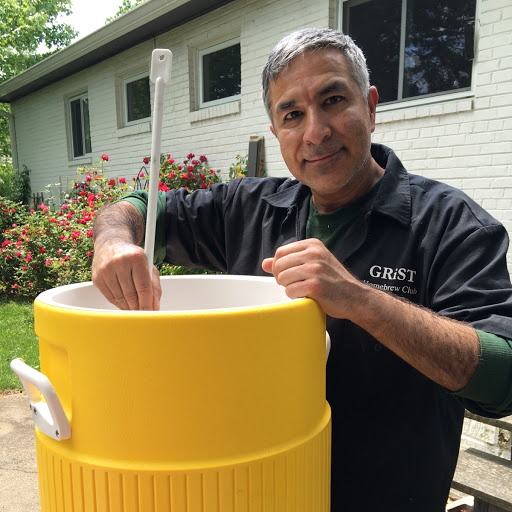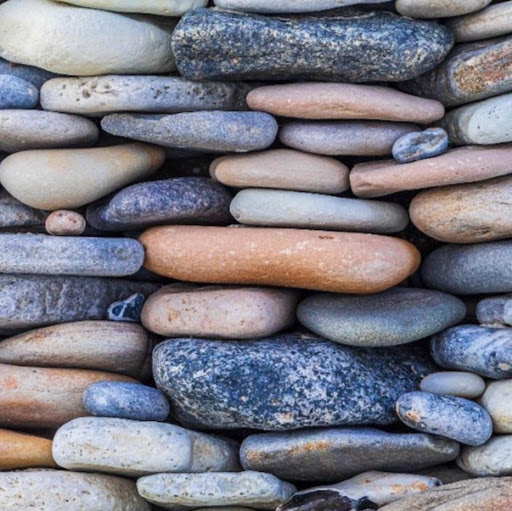Biostimulants
RTEC Treecare offers advanced biostimulant treatments to support your trees and shrubs, promoting growth, resilience, and vibrant landscapes year-round.
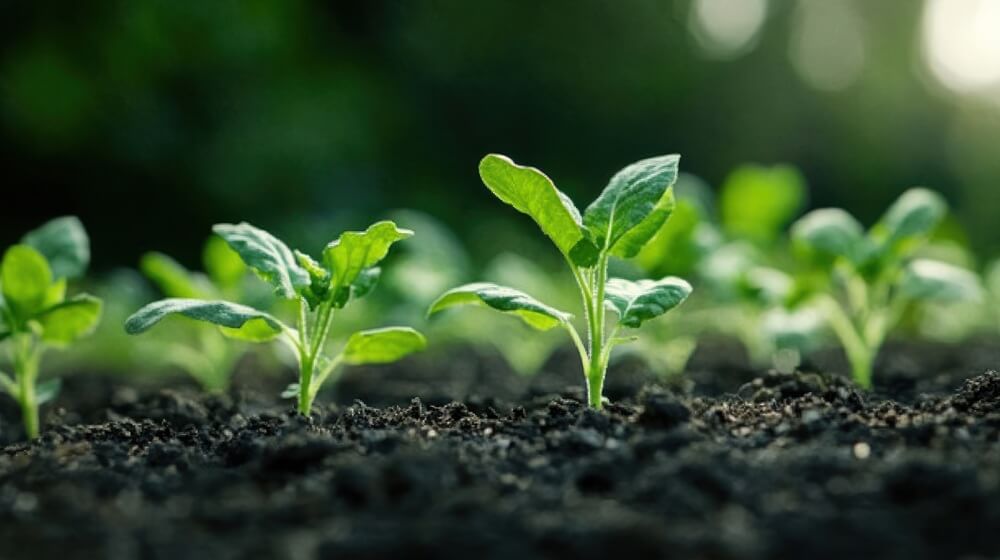
Revitalize Your Landscape with Biostimulants
Our biostimulants act as powerful multivitamins for your plants, delivering essential nutrients to help improve root development, strengthen resilience against stress, and promote lush, healthy growth.
Perfect for compacted urban soils, these treatments help your plants while reflecting our broader commitment to sustainable, high-quality plant care.
Comprehensive Biostimulant Services
At RTEC Treecare, our certified arborists provide professional biostimulant treatments customized to your landscape’s distinct needs.
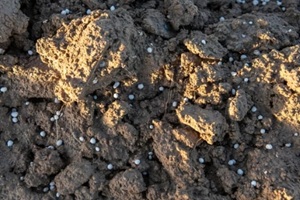
Seasonal Treatments for Optimal Results
RTEC Treecare recommends biostimulant applications during the spring and fall seasons to better align with root growth cycles so that your plants can be at their very best, year-round.
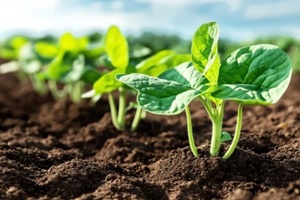
Promote Healthy Root Development
Our biostimulants help stimulate rigorous root growth, allowing your plants to access essential nutrients far more effectively, even in heavily compacted urban soils.
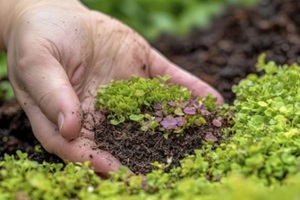
Strengthen Resilience Against Stress
At RTEC Treecare, our biostimulant applications can bolster your plants’ natural defenses against potential environmental stressors and threats like extreme weather, disease, and pests.
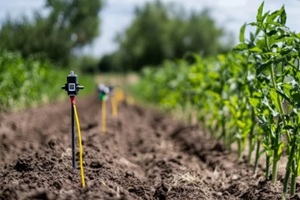
Support Recovery from Damage
Trees and shrubs can recover more quickly and grow even healthier than before with our biostimulant treatments, which target damage from disease, infection, or pesky insect infestations.

Organic Nutrient Blends
Made with natural ingredients, including sea kelp extract, bacteria, and fungi, RTEC’s biostimulants nourish your plants without introducing harmful chemicals.
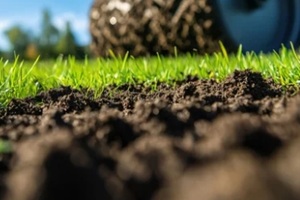
Sustainable Soil Improvement Methods
Unlike synthetic fertilizers, our biostimulants work harmoniously with existing soil nutrients, enhancing soil structure and plant health.
Benefits of Biostimulants
RTEC’s biostimulant treatments provide an eco-friendly and effective way to enhance the overall health and longevity of your landscape.
- Encourage Greater Nutrient Absorption: Develop more robust root systems that are able to access essential nutrients effectively, even in poor soil conditions, through RTEC Treecare’s biostimulant treatments that are customized for optimal plant health.
- Boost Your Plant’s Resilience: Strengthen your trees and shrubs to withstand potential environmental stress from harsh weather, pests, and diseases, and enjoy a healthier, thriving landscape with our expert care.
- Improve Recovery Times: Accelerate recovery from damage and stress, restoring plants to their healthiest state far more quickly with targeted treatments developed by the team of professionals at RTEC Treecare.
- Foster More Sustainable Growth: Encourage more natural, long-lasting growth through organic treatments that help protect soil health and promote a more sustainable, flourishing ecosystem for your property’s landscape.
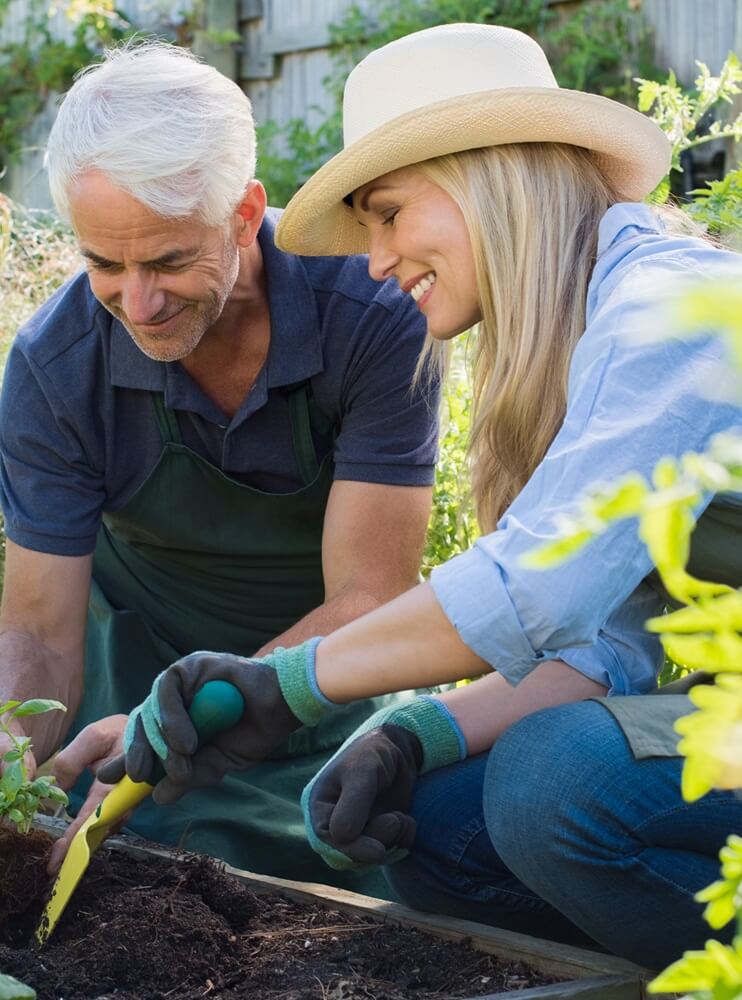
Schedule Your Biostimulant Treatment Today
With over 25 years of award-winning service, RTEC Treecare currently leads the industry in sustainable plant health care services and treatments. Our team of certified arborists combines expertise, advanced treatments, and eco-friendly practices to improve and enhance the natural beauty and vitality of your landscape.
Contact our team today to schedule your biostimulant treatment and experience the RTEC difference for yourself.
Reviews From Our Clients

4.9 of 5 based on 245 reviews









